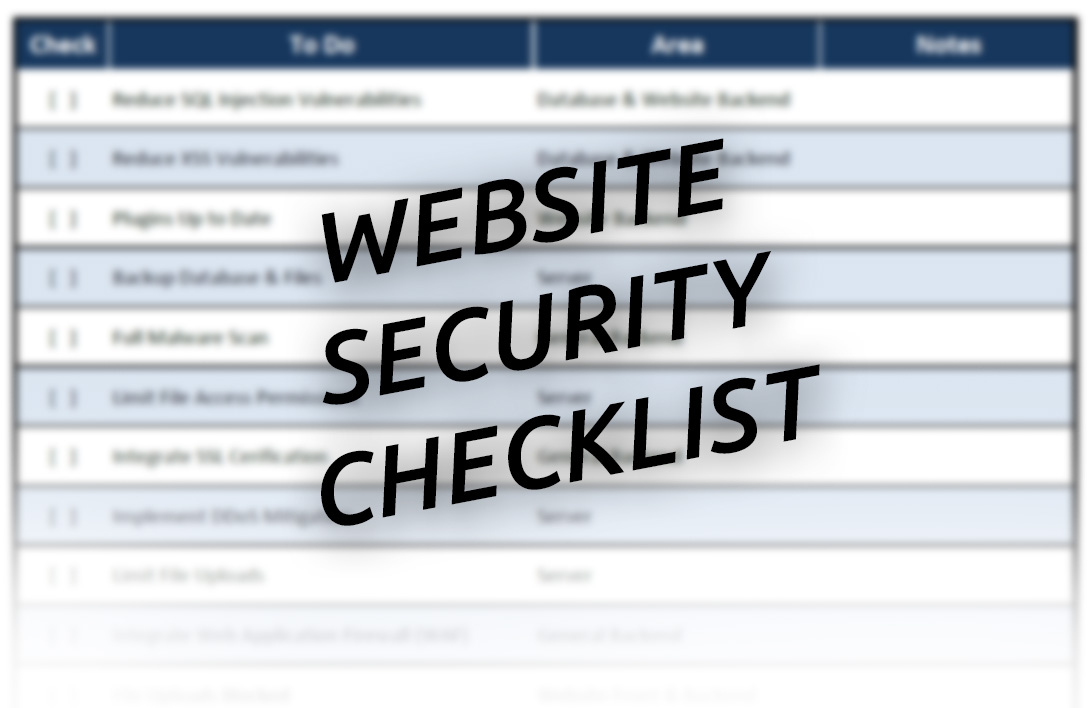I. Optimize Images for Quicker Load Times
Image size is one of the biggest culprits when it comes to slowing down a website’s speed. For this reason alone, optimizing images for faster load time should be considered among your top priorities. Here are some ways you can achieve that:
1. Reduce image sizes
Use tools like TinyPNG or JPEGmini to compress images without sacrificing quality i.e., reducing their file sizes as much as possible. Compressed pictures load faster which means better speeds for websites overall; however consider striking a balance between image quality and size so that pages still look good while opening quickly.
2. Choose the right format for each type of graphic file
Choosing the right format for your graphics files can have a big impact on how fast your web page loads. For instance; use JPEGs when dealing with photographs but opt for PNGs whenever need be especially where transparency is required or even better still SVG (Scalable Vector Graphics) format which is lightweight and loads fast for icons and other vector-based graphics.

II. Speed
Minify CSS & JS Files
To reduce load times across your site’s pages it is necessary to minify CSS and JavaScript files by shrinking them down wherever possible during code compression phases (e.g., removing spaces, line breaks, etc). from these codes during the production stage itself rather than waiting until the runtime optimization process takes place. Minifier helps in removing unnecessary white spaces, new lines, tabs, etc while keeping selectors safe from being changed inadvertently. JavaScript minification removes both block & single-line comments, spaces. Consider the following strategies:
1. Remove Unused Code
Regularly review your CSS and JavaScript files to identify and remove any unused code. Unused code adds unnecessary bulk to your files and slows down website loading. Minimizing the amount of code that needs to be loaded improves speed and performance.
2. Combine Multiple Files
Reduce the number of HTTP requests by combining multiple CSS and JavaScript files into one. This consolidation minimizes the load time required to fetch each file individually and optimizes website speed.
3. Utilize Browser Caching
Leverage browser caching to store static resources such as CSS and JavaScript files on the user’s device. By enabling caching, returning visitors don’t need to download the same files again, resulting in faster load times. Configure the cache expiration time according to the frequency of updates to ensure users receive the latest version of your website.
III. Leverage Content Delivery Networks (CDNs)
Content Delivery Networks (CDNs) refer to a system that distributes web content across servers in different geographic locations so that it is closer to users. It can make websites much faster by bringing the server physically closest to them, thereby reducing latency. Here are some things to think about:
1. Make Content Reachable Worldwide
To do this, you may use one of the CDN services like Cloudflare or Amazon CloudFront which will distribute copies of your website all over the world using a multitude of servers. When someone enters your site, their data comes from the nearest server and this reduces lag time as well as speeds up loading.
2. Cache on CDN Should Be Enabled
Cache settings should be configured – on your CDN static resources such as CSS files; JavaScript; images etc., should be cached. This way not only do you relieve the origin server’s load but also ensure quicker content delivery for end-users.
3. Use CDN for Dynamic Content
One of the most effective ways to increase website speed is through CDNs. What happens is that copies of your site’s data are stored on servers located at different points worldwide. A good feature about CDNs is they can cache dynamic content for a specific amount of time thus relieving load from the server & increasing website speed simultaneously..
IV. Monitor and Test Website Performance
Frequent observation and performance evaluations of your site can pinpoint factors slowing it down. Utilizing resources like Google’s Page Speed Insights or Pingdom becomes critical, as they facilitate a profound examination of your site’s efficiency. These tools present you with detailed metrics regarding your site’s loading time, thus, highlighting the areas where enhancement is possible.
1. Conduct Regular Performance Audits
To conduct regular performance audits, you must utilize resources such as Google’s Page Speed Insights or Pingdom for a comprehensive evaluation of your site’s efficiency. By using these tools, one can get detailed metrics about how quickly their website loads and where they need to make improvements.
2. Monitor Website Speed and Uptime
One should monitor the speed and uptime of their website constantly, this can be done by employing tools like Pingdom or UptimeRobot which inform them when there are any problems with performance or if the site is down.
3. Implement A/B Testing
Optimization involves implementing A/B testing where different versions of a website are compared in terms of speed and conversion rates achieved; this helps an individual to make decisions based on data so that they may improve on what works best for their visitors’ experience.
Keeping software up-to-date is important not only because it improves performance but also due to security reasons since updates usually contain bug fixes among other things.
V. Regularly Update Software and Plugins
Keeping your website’s software, including the CMS (Content Management System) and plugins, up to date is crucial for both performance and security. Updates often include performance improvements and bug fixes. Consider the following strategies:
1. Update CMS and Plugins
Regularly update your CMS, such as WordPress, and its associated plugins to ensure you have the latest performance enhancements and security patches. Outdated software can slow down your website and make it vulnerable to security threats.
2. Remove Unused Plugins
Review your installed plugins and remove any that are unnecessary or no longer in use. Unused plugins can impact website speed and increase the risk of compatibility issues.
VI. Optimizing Server Performance
Choosing the Right Hosting Provider
When choosing a hosting provider for great website performance, consider these factors:
- Server location: Closer servers mean faster data transfer to users.
- Hardware specifications: Look for providers with SSDs and the latest processors for quicker loading times.
- Network capabilities: Choose a provider with high bandwidth and minimal downtime for reliable website access.
- Content Delivery Networks or caching services: These tools distribute content across servers, reducing data travel distance and improving load times.
By focusing on these aspects, you can optimize your website’s performance and enhance the user experience.
VII. Use a Lightweight and Optimized Theme or Framework
Themes and frameworks can greatly impact your website’s load time. To optimize your website for speed, it is crucial to choose a lightweight and optimized theme or framework. There are several features to look for when choosing a theme or framework: efficient code, lazy loading, and optimized CSS and JavaScript delivery. Additionally, it is important to ensure that your chosen theme is kept up to date to address any performance-related issues. By implementing these features and keeping your theme or framework up to date, you can significantly reduce your website’s load time and provide a smooth and seamless user experience.
Look for themes or frameworks that are optimized for performance, designed with efficient code, and support modern standards. They should also be regularly updated by their developers to ensure continued performance improvements and compatibility with the latest web technologies. By selecting a lightweight and optimized theme or framework, you can effectively eliminate potential speed bottlenecks, resulting in a faster, smoother browsing experience for your visitors.

VIII. Use Lazy Loading Technique
Lazy loading is a technique that delays the loading of images until they are visible on the user’s screen. By implementing lazy loading, your website will initially load only the images in the view port, reducing the initial load time and improving perceived performance.
For instance, as a visitor scrolls down your web page, the corresponding images or videos start loading just in time for viewing. By doing so, you’re preventing the browser from having to load all media content all at once during the initial page load. This technique can not only reduce the initial load time of your website, but it also optimizes the use of browser resources. As a result, users can start interacting with your site much sooner, which can be particularly beneficial for those with slower internet connections.
IX. Implement AMP
Adopting Accelerated Mobile Pages (AMP) can significantly impact your site’s speed, especially if you have considerable mobile traffic. AMP is a project supported by Google with the specific goal of making pages on mobile devices load faster. However, AMP is not a one-size-fits-all solution and has certain restrictions. Therefore, it’s crucial to determine its suitability for your site before implementation. While AMP can dramatically enhance mobile load times, it’s important to understand the limitations and implications it might have on other aspects of your website. Always consider the overall user experience in both mobile and desktop versions while integrating AMP into your site. By utilizing this technology wisely, you can effectively increase your site’s speed and overall mobile experience, giving you an edge in today’s mobile-dominated web environment. Remember, speed optimization is not a one-time task, but a continuous process that demands consistent monitoring and updates.
X. Optimize DOM Manipulation
Document Object Model (DOM) manipulation can significantly impact your website’s load speed. The DOM represents the structure of your webpages, allowing JavaScript to interact and manipulate content dynamically. When your site’s JavaScript continually modifies the DOM, it can result in “reflows” or “repaints”, which can slow down your site. To optimize this, reduce direct DOM manipulation by using methods such as document fragments or leveraging libraries and frameworks that efficiently handle this task, such as React or Vue.js. It’s also beneficial to batch your DOM changes and avoid inline styles where possible. Additionally, avoid unnecessary complex CSS selectors, as they can slow down page rendering. Minimizing DOM manipulation can help in reducing your website’s load time and improving its performance.
By prioritizing these strategies and continuously monitoring and improving website performance, businesses can stay ahead in today’s competitive online environment by providing users with a seamless and responsive digital experience that drives engagement, conversions and business growth.
Ultimately by following these best practices policies aimed at reducing website loading times allow businesses to exploit the full potential of their online presence, ensuring optimal performance and providing added value to users across all devices and platforms.



